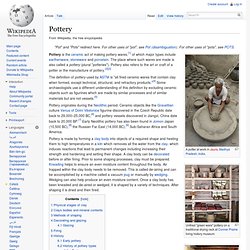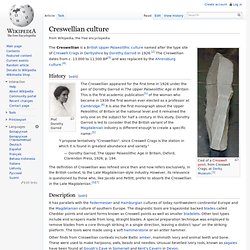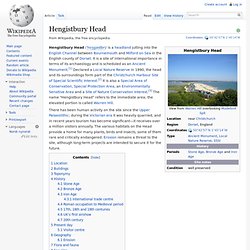

Pottery. Unfired "green ware" pottery on a traditional drying rack at Conner Prairie living history museum Traditional Pottery workshop reconstruction in the Museum of traditional crafts and applied arts, Troyan, Bulgaria Pottery is the ceramic act of making pottery wares,[1] of which major types include earthenware, stoneware and porcelain.

The place where such wares are made is also called a pottery (plural "potteries"). Pottery also refers to the art or craft of a potter or the manufacture of pottery.[2][3] The definition of pottery used by ASTM is "all fired ceramic wares that contain clay when formed, except technical, structural, and refractory products Pottery originates during the Neolithic period.
Pottery is made by forming a clay body into objects of a required shape and heating them to high temperatures in a kiln which removes all the water from the clay, which induces reactions that lead to permanent changes including increasing their strength and hardening and setting their shape. Arlington Springs Man. Arlington Springs Man is the name given a set of human remains discovered on an island off the coast of California.

In 1959-1960, two femora were excavated by Phil C. Orr, curator of anthropology and paleontology at the Santa Barbara Museum of Natural History, at Arlington Springs on Santa Rosa Island, California. Orr believed the remains were those of a 10,000-year old man and dubbed them the "Arlington Springs Man". The Arlington Springs Man was later re-examined by Orr's successor at the museum, John R. Johnson. After further study, Johnson reversed his assessment in 2006, concluding that the remains were more likely those of a man, and the name "Arlington Springs Man" was again the more appropriate name.[1][dead link] The Arlington Springs Man lived on current day Santa Rosa Island, California at the end of the Pleistocene.
See also[edit] Notes[edit] External links[edit] The Mammoth Trumpet, Volume 21, Number 4 September, 2006. Creswellian culture. The Creswellian is a British Upper Palaeolithic culture named after the type site of Creswell Crags in Derbyshire by Dorothy Garrod in 1926.[2] The Creswellian dates from c. 13.000 to 11,500 BP[3] and was replaced by the Ahrensburg culture.[4] History[edit] Prof.

Dorothy Garrod The Creswellian appeared for the first time in 1926 under the pen of Dorothy Garrod in The Upper Palaeolithic Age in Britain. This is the first academic publication[5] of the woman who became in 1939 the first woman ever elected as a professor at Cambridge.[6] It is also the first monograph about the Upper Paleolithic of Britain at the national level and it remained the only one on the subject for half a century.
"I propose tentatively "Creswellian", since Creswell Crags is the station in which it is found in greatest abundance and variety The definition of Creswellian was refined since then and now refers exclusively, in the British context, to the Late Magdalenian-style industry. Description[edit] References[edit] Hengistbury Head. Hengistbury Head /ˈhɛŋɡəstbri/ is a headland jutting into the English Channel between Bournemouth and Milford on Sea in the English county of Dorset.

It is a site of international importance in terms of its archaeology and is scheduled as an Ancient Monument.[1] Declared a Local Nature Reserve in 1990, the head and its surroundings form part of the Christchurch Harbour Site of Special Scientific Interest.[2] It is also a Special Area of Conservation, Special Protection Area, an Environmentally Sensitive Area and a Site of Nature Conservation Interest.[3] The name "Hengistbury Head" refers to the immediate area; the elevated portion is called Warren Hill. There has been human activity on the site since the Upper Palaeolithic; during the Victorian era it was heavily quarried, and in recent years tourism has become significant—it receives over a million visitors annually.
Location[edit] Hengistbury Head as shown in Isaac Taylor's Map of Hampshire, 1759. Buildings[edit] Toponymy[edit]